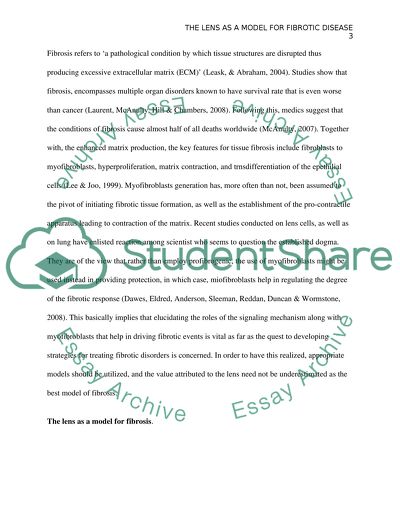Cite this document
(“The lens is an excellent model for the study of fibrosis. Describe the Essay”, n.d.)
The lens is an excellent model for the study of fibrosis. Describe the Essay. Retrieved from https://studentshare.org/health-sciences-medicine/1460134-the-lens-is-an-excellent-model-for-the-study-of
The lens is an excellent model for the study of fibrosis. Describe the Essay. Retrieved from https://studentshare.org/health-sciences-medicine/1460134-the-lens-is-an-excellent-model-for-the-study-of
(The Lens Is an Excellent Model for the Study of Fibrosis. Describe the Essay)
The Lens Is an Excellent Model for the Study of Fibrosis. Describe the Essay. https://studentshare.org/health-sciences-medicine/1460134-the-lens-is-an-excellent-model-for-the-study-of.
The Lens Is an Excellent Model for the Study of Fibrosis. Describe the Essay. https://studentshare.org/health-sciences-medicine/1460134-the-lens-is-an-excellent-model-for-the-study-of.
“The Lens Is an Excellent Model for the Study of Fibrosis. Describe the Essay”, n.d. https://studentshare.org/health-sciences-medicine/1460134-the-lens-is-an-excellent-model-for-the-study-of.


